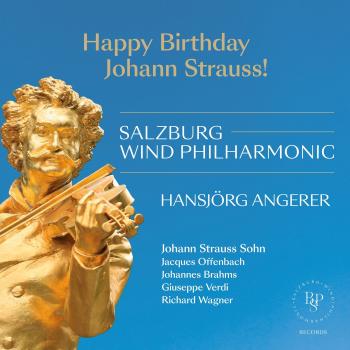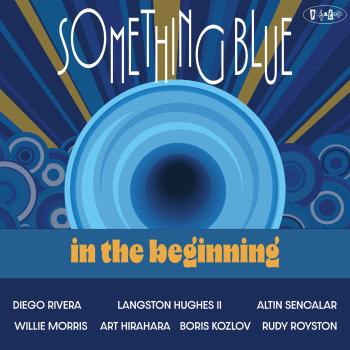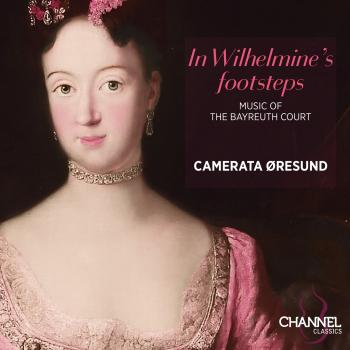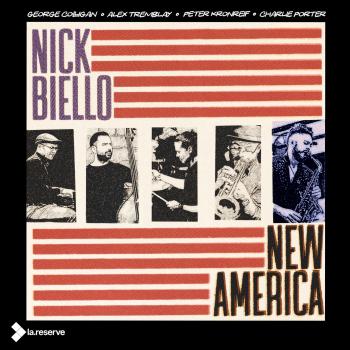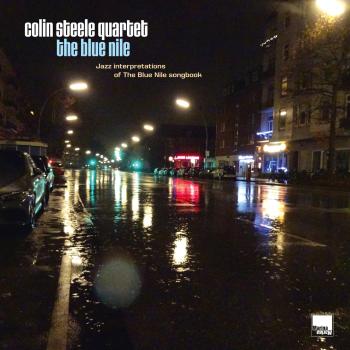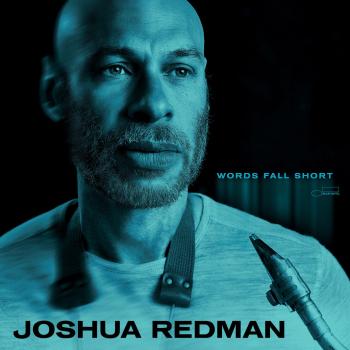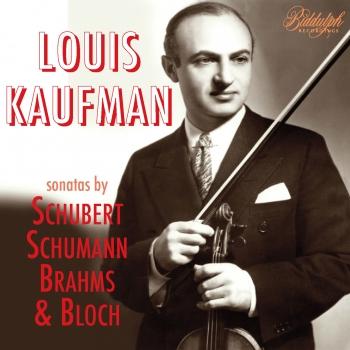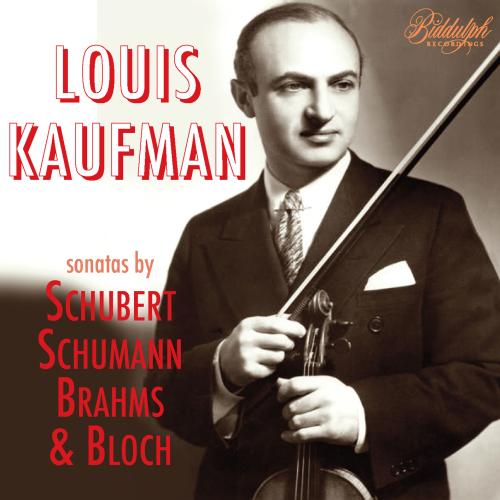
Kaufman Plays Romantic Sonatas Louis Kaufman
Album info
Album-Release:
2023
HRA-Release:
04.08.2023
Label: Biddulph Recordings
Genre: Classical
Subgenre: Instrumental
Artist: Louis Kaufman
Composer: Franz Schubert (1797-1828), Robert Schumann (1810-1856), Johannes Brahms (1833-1897), Ernest Bloch (1880-1959)
Album including Album cover Booklet (PDF)
- Franz Schubert (1797 - 1828): Violin Sonata in A, D.574 “Duo”:
- 1 Schubert: Violin Sonata in A, D.574 “Duo”: I Allegro moderato 05:58
- 2 Schubert: Violin Sonata in A, D.574 “Duo”: II Scherzo: Presto 04:12
- 3 Schubert: Violin Sonata in A, D.574 “Duo”: III Andantino 04:05
- 4 Schubert: Violin Sonata in A, D.574 “Duo”: IV Allegro vivace 03:56
- Robert Schumann (1810 - 1856): Violin Sonata No.1 in A minor, op.105:
- 5 Schumann: Violin Sonata No.1 in A minor, op.105: I Mit leidenschaftlichem Ausdruck 06:53
- 6 Schumann: Violin Sonata No.1 in A minor, op.105: II Allegrett 03:19
- 7 Schumann: Violin Sonata No.1 in A minor, op.105: III Lebhaft 03:38
- Johannes Brahms (1833 - 1897): Violin Sonata No.1 in G, op.78:
- 8 Brahms: Violin Sonata No.1 in G, op.78: I Vivace ma non troppo 09:19
- 9 Brahms: Violin Sonata No.1 in G, op.78: II Adagio 07:17
- 10 Brahms: Violin Sonata No.1 in G, op.78: III Allegro molto moderato 07:20
- Ernest Bloch (1880 - 1959): Violin Sonata No.1:
- 11 Bloch: Violin Sonata No.1: I Agitato 10:59
- 12 Bloch: Violin Sonata No.1: II Molto quieto 08:20
- 13 Bloch: Violin Sonata No.1: III Moderato 07:59
Info for Kaufman Plays Romantic Sonatas
Wahrscheinlich haben mehr Menschen den üppigen Geigenton von Louis Kaufman gehört als den jedes anderen Geigers. Als Geigensolist in Filmen wie Vom Winde verweht, Sturmhöhe, Rebecca, Pinocchio und Casablanca verkörpert Kaufmans Geigenspiel den eindringlichen Klang des »Goldenen Zeitalters« Hollywoods. Der 1905 in Portland, Oregon, als Sohn rumänisch-jüdischer Eltern geborene Kaufman studierte bei Franz Kneisel und begann seine berufliche Laufbahn als Bratschist in Sascha Jacobsens berühmtem Musical Art Quartet. Nachdem sich das Quartett 1933 aufgelöst hatte, nahm Kaufman seine Karriere als Violinsolist wieder auf. Er machte die Ersteinspielung von Vivaldis Vier Jahreszeiten sowie vieler zeitgenössischer Werke von Komponisten wie Carmago Guarnieri, Quincy Porter, Aaron Copland, Bohuslav Martinu, William Grant Still und Richard Rodney Bennett. Die drei Sonaten auf diesem Album zeigen Kaufman in romantischen Sonaten aus der deutsch-österreichischen Tradition. Obwohl sein üppiger Klang unüberhörbar ist, sind Kaufmans Interpretationen von großer Eleganz und Raffinesse.
Louis Kaufman, Violine
Artur Balsam, Klavier
Helene Pignari, Klavier
Pina Pozzi, Klavier
Louis Kaufman
Possibly the most recorded violinist of all time, Louis Kaufman enjoyed a playing career that spanned almost seventy years. Despite an apparent avoidance of any rigorous training he won the Loeb Prize in 1927 and the Naumburg Award in 1928, precipitating a début recital in New York’s Town Hall and subsequent extensive touring and concerto appearances.
Moving to Los Angeles in 1933 Kaufman, like Toscha Seidel, was swept up into the Hollywood fold and provided solos for several hundred films with all the major studios over the next fourteen years. He still managed to pursue ‘serious’ playing, making very popular recordings of concertos by Khachaturian and Saint-Saëns and, in 1947, the first-ever recording of Vivaldi’s ‘Four Seasons’ concertos in their original and complete form.
After moving to Paris in 1948 Kaufman’s first major project was to locate and record (in 1950) the further eight concertos of Vivaldi’s Op. 8, Il cimento dell’ armonia e dell’ invenzione. The rapidly expanding LP industry proved highly fruitful for Kaufman who notched up well over one hundred major recordings before retiring in his seventies. He premièred a significant number of concertos and introduced American works to European audiences, notably concertos by Piston and Barber, and Copland’s Violin Sonata (recorded with Copland at the piano).
Kaufman’s playing on record reveals a refined and warm tone, richly presented with considerable intensity. His vibrato is continuous but always carefully controlled and quite fast, lending power and directness especially in the driven 1945 performance of Khachaturian’s D minor Concerto and an engaging Bennett Song Sonata. Kaufman retained a relatively frequent use of the portamento, which gives the famous first recording of Barber’s Violin Concerto (1951) a soft and romantic edge. His somewhat spurious uses of the device in Vivaldi’s Le quattro stagione sound incongruous to our historically-aware ears and yet, along with some challenging tempo variations, give a sense of whimsy to the performance which is compelling. There is sometimes a thickness to his sound which can work well, as in the rather ponderous Concerto, Op. 42 by Larsson (c. 1952). Kaufman’s playing is not necessarily to the taste of the present time, but cannot fail to be admired for its integrity.
Booklet for Kaufman Plays Romantic Sonatas


